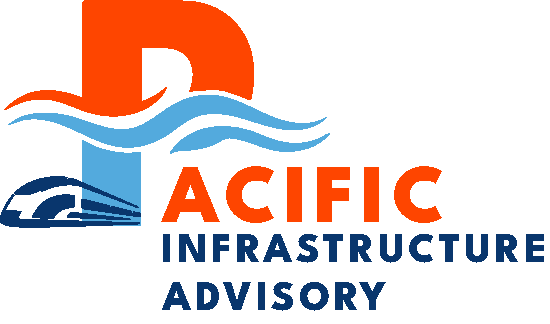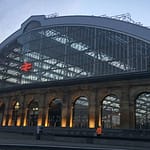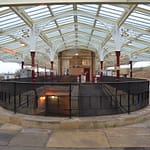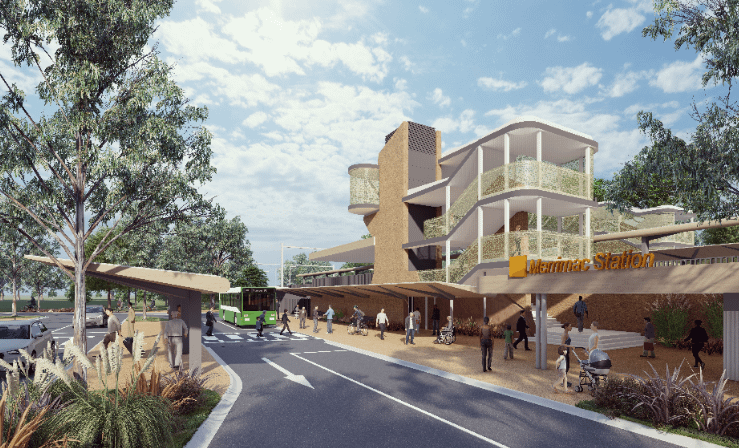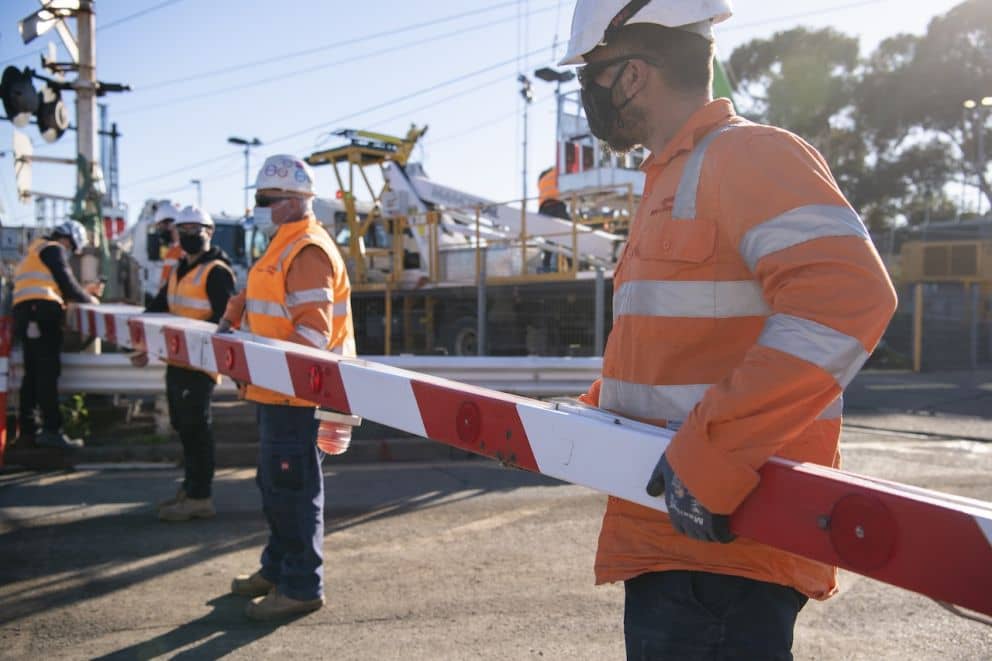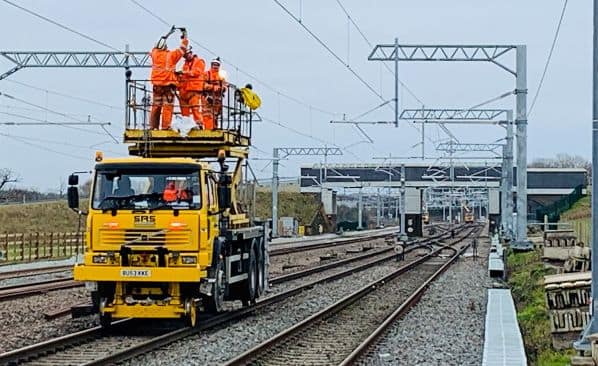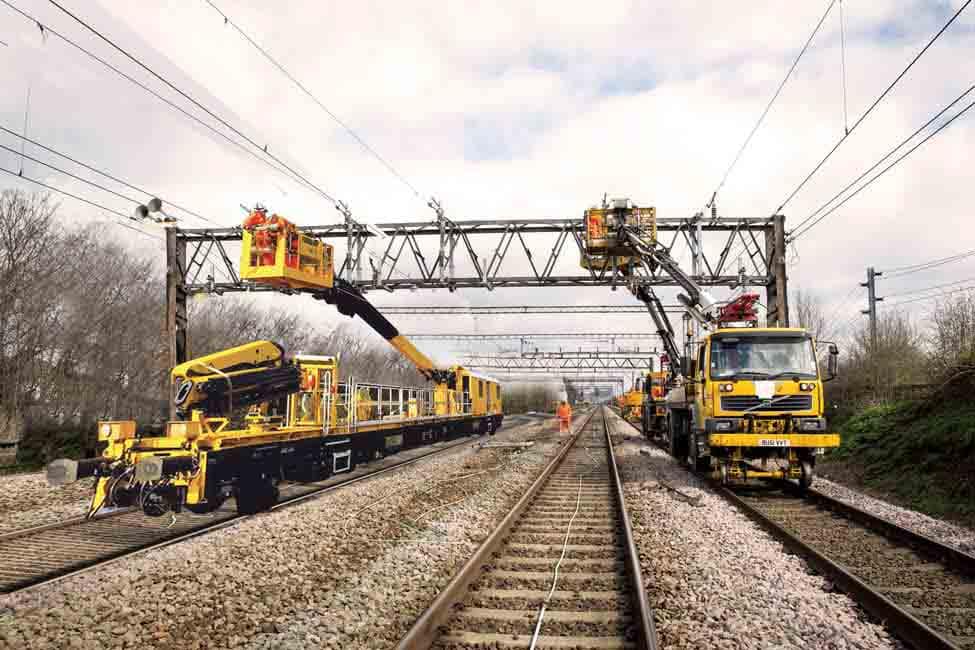WCML 350 rolling stock clearing
West Coast Main Line
he modernisation of the 399-mile (641.6km) rail route between London and Glasgow and its key divergences to Birmingham, Liverpool and Manchester, was the largest rail project to date in the UK.
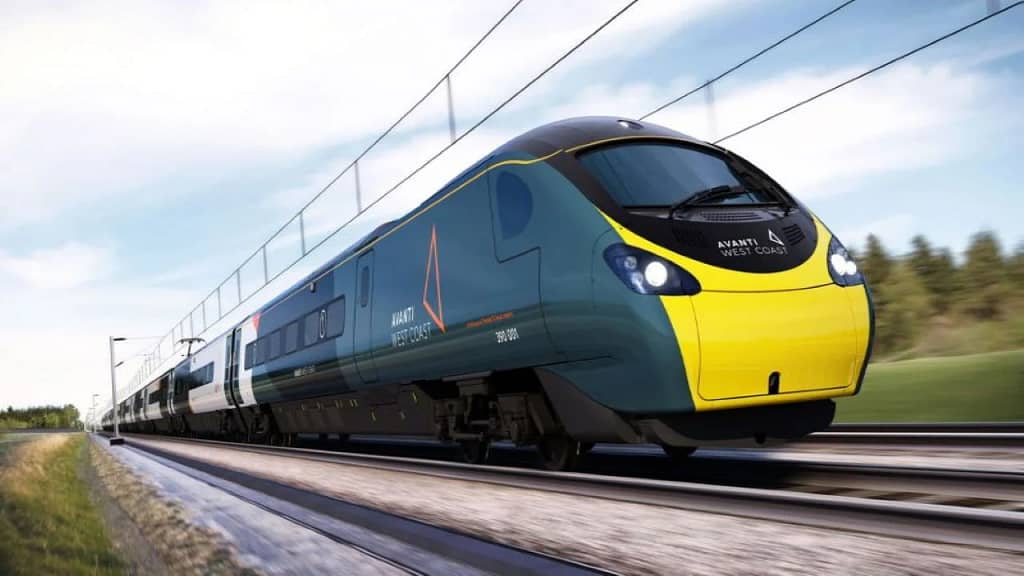
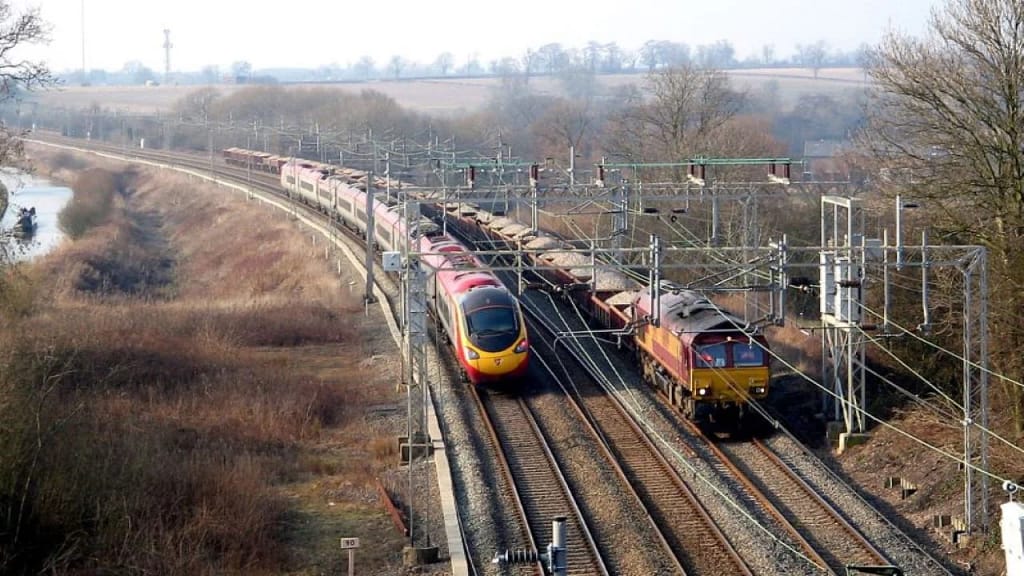
Key points on the network, in particular major junctions just outside London Euston, Manchester Piccadilly and Birmingham New Street stations and between Coventry and Birmingham, which were in need of drastic measures to increase capacity, have been developed. The route has brought numerous benefits to passengers with increased train services and reduced journey times.
Network Rail carried out upgrades on the West Coast Main Line at cost of £9bn in early 2000s and upgraded line was opened in December 2008. The route has also been cleared for a W10 loading gauge, which allows 9ft6in (2.89m) container traffic on the line.
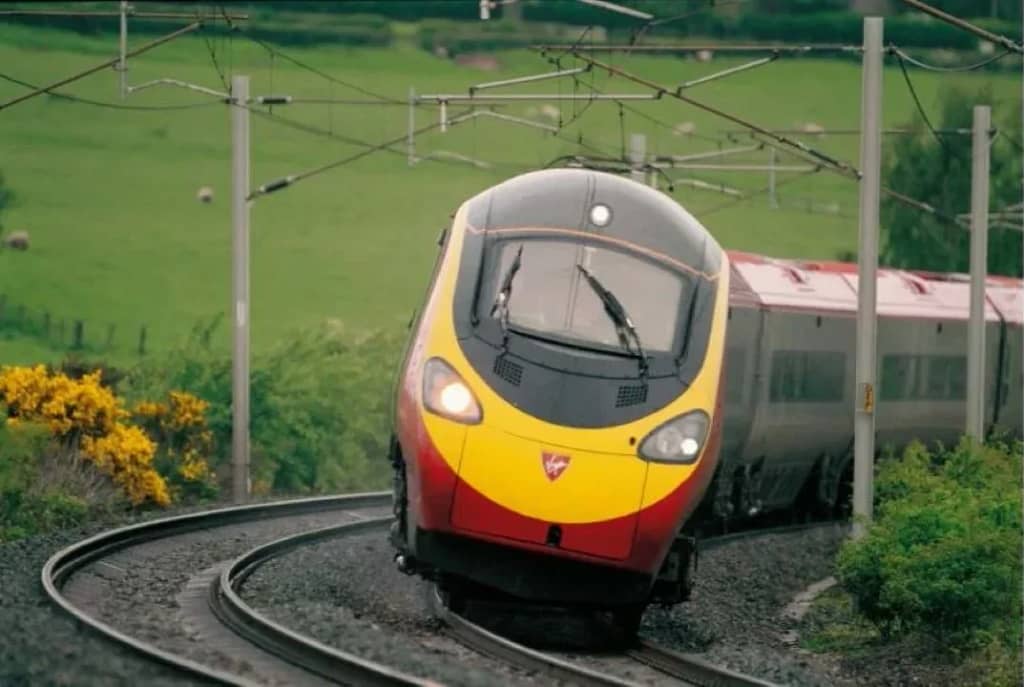
Infrastructure
Railtrack’s original cost estimate for the project was £2.5bn for upgrading the track along the route and installing a new radio transmission-based moving block signalling system. However, during the next five years the cost of the project rose gradually to £9bn while at the same time reducing in scope from 140mph top speed to 125mph. Moving block signalling was also abandoned early on.
Such a major project created substantial upheaval while work was carried out. In August 2002, the Strategic Rail Authority agreed a new plan to rebuild sections of the route using lengthy ‘blockades’ of up to three months.
The new methods proved highly successful from an engineering point of view, with money saved by concentrating work, and with many projects completed on-time or early.
